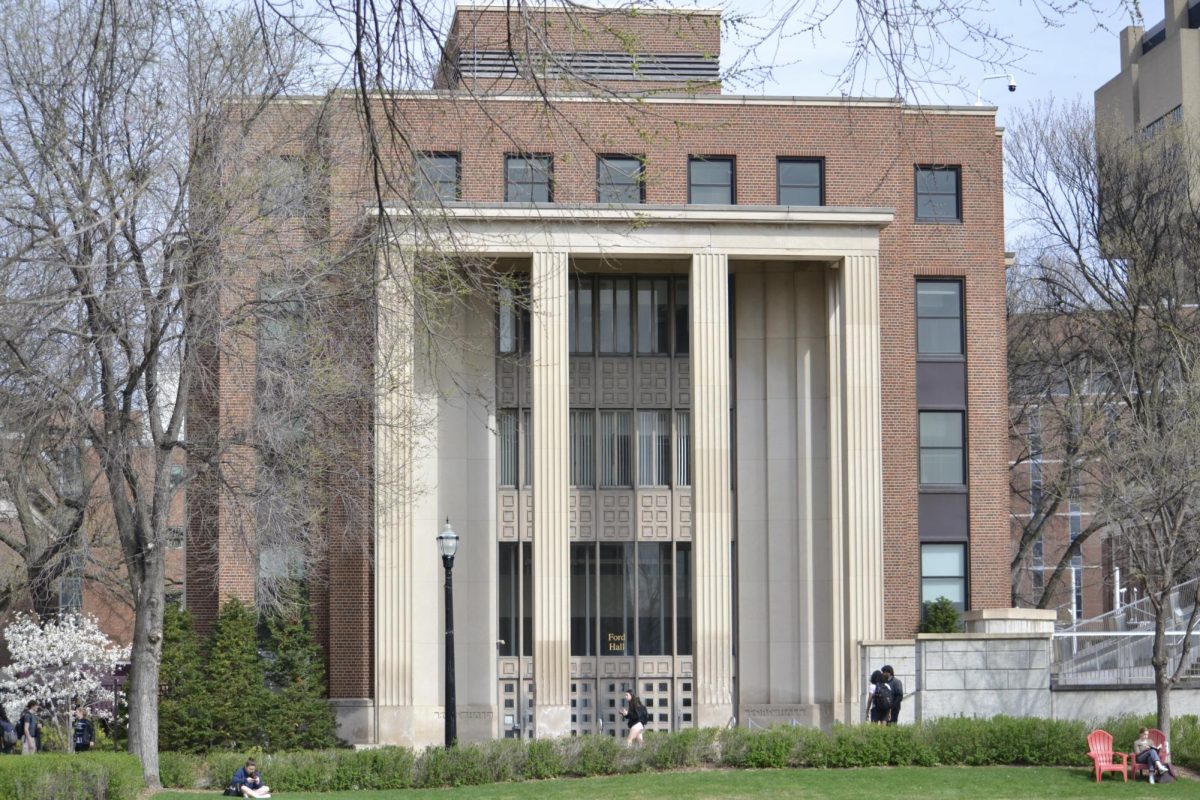University employees got wind of the news Monday: A vent in the Mayo Memorial Building misdirected air from a room where University employees disposed of radioactive waste.
University officials, on the other hand, have known about the problem for a month.
Announcements on Friday and Monday addressed rumors circulating among University and Fairview employees that the faulty vent was emitting radioactive material into the air. However, tests conducted in September and October found no radiation in Mayo’s air vents, so the leak is not harmful to employees.
Facilities Management delayed telling Mayo employees about the problem until they could finish testing the area for contamination.
“It’s important that we give people the correct information the first time,” said Eric Eastwold, assistant radiation safety officer for the University. “The task is a difficult one. We didn’t want to needlessly worry anyone.”
“The more important point is that we haven’t detected any harm,” he added.
University employees have used the first floor room to dispose of low-level radioactive waste twice a week for the last five years.
Water-based radioactive elements are common in basic science laboratories. Known as “labels,” the low-level radioactive materials are attached to cells, DNA or drugs in experiments like a homing device. The radioactive materials can be detected later on film sensitive to radioactive emissions.
A sink in the room acts as a trash chute for radioactive waste used in University labs. Employees pour the waste into a sink in the room, which leads to four 800-gallon stainless steel drums located in the basement of Mayo that store the water-based radioactive material.
Because the solutions have low levels of radioactivity, the waste is stored for one year, then flushed into a sewer system.
University employees noticed air escaping from the room in September. Normally the room maintains a “negative pressure” — vents pull air into the room, rather than letting it escape.
While investigating abnormal pressure, Facilities Management detected a malfunctioning vent. Instead of moving air from the room to outside of the building, the vent recirculated air through the first and second floors of the Mayo Memorial Building.
The University stopped using the room as soon as the problem was detected. Tests conducted the day after Facilities Management discovered the problem found no radioactive material in Mayo’s ventilation system. A second round of tests concluded in October yielded the same results.
“Our evaluation is that it is no threat,” said Fay Thompson, the University’s director of environmental health and safety.
Construction on the new vent system should be completed by Friday, Thompson said.
Because the level of radiation in the materials was so low, the federal Nuclear Regulatory Commission was not notified of the leak. The material is regulated by the commission, so the state health department was not informed, said Tim Doakowski, a health physicist for the state health department’s radiation unit.
However, because of employee concerns, the University invited the state’s radiation control division to inspect the new ventilation system.
Bev Burns, equipment operator at the Copies on Campus located on the first floor of the Mayo building where the leak occurred, welcomes the University’s invitation to the Minnesota Department of Health.
“If they have someone from an outside source come in, I would feel a lot better,” Burns said.










